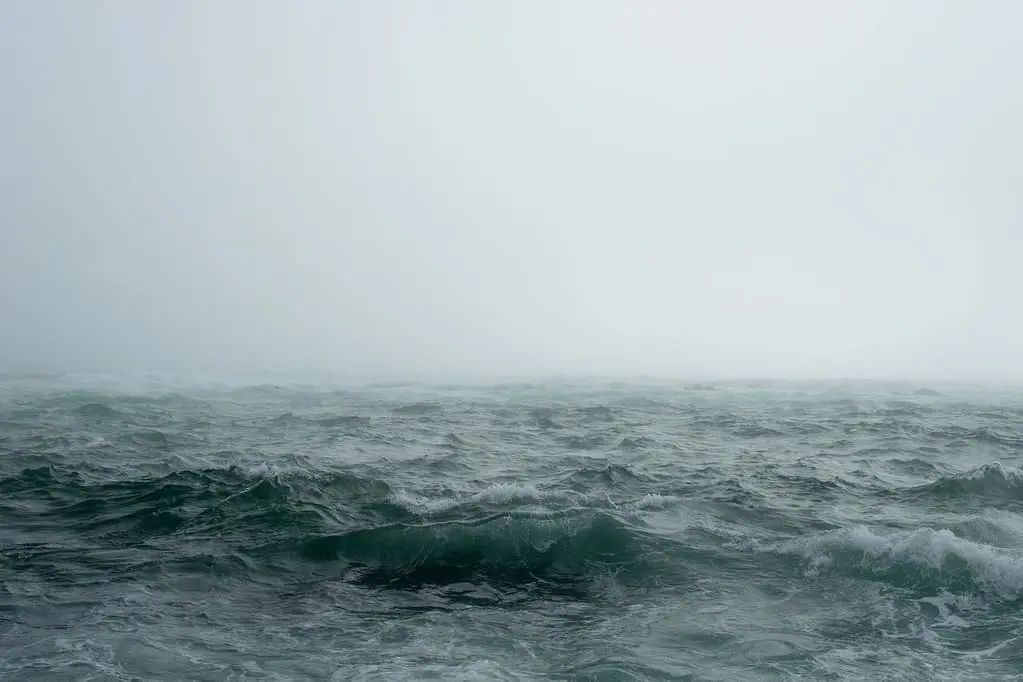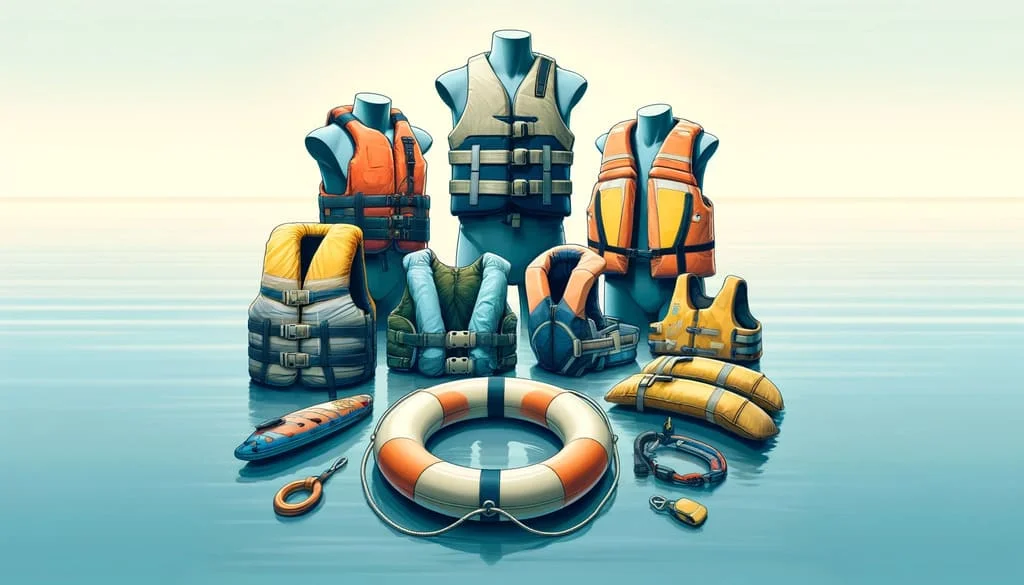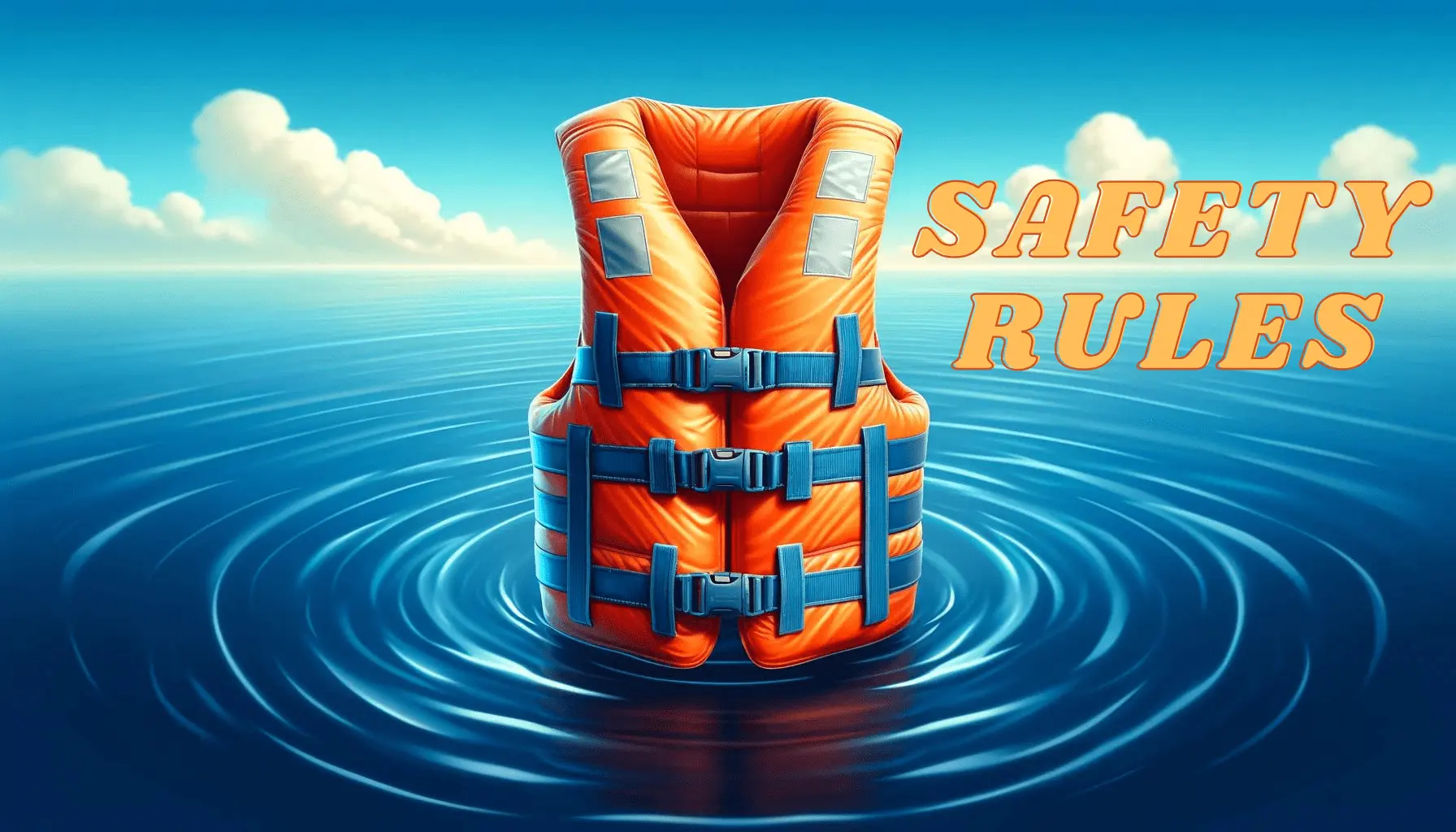Kayaking takes you from serene waters to wild rivers, offering pure adventure. But accidents, often preventable, make us wonder about kayaking safety rules. These rules are not just advice; they are crucial. They ensure your paddling adventures continue safely. Every paddler, whether new or experienced, needs to know these essential water safety tips.
Safety on the water is always intentional. By preparing and following important rules, every trip can be safe. This makes sure your kayaking adventure doesn’t end badly.
Key Takeaways
- Mastering and adhering to kayaking safety rules is essential for every paddling expedition.
- Adopting safe paddling practices can mean the difference between a memorable adventure and a dire situation.
- Incorporating water safety tips into your routine protects not only you but also fellow paddlers.
- The serenity of kayaking alone comes with the responsibility of extra caution and preparedness.
- Awareness of the right safety gear and knowledge of self-rescue techniques are critical for paddler’s safety.
Kayaking Safety Rules: The Fundamentals for a Secure Paddling Experience
Heading out on a kayak is an exciting adventure. Yet, it requires good preparation and respect for nature. Whether you’re new to kayaking or have lots of experience, knowing and following key safety rules is crucial. These rules make sure your time on the water is safe and fun.
Determining Your Kayaking Skill Level
Knowing your kayaking skills is the first step for any trip. Beginner kayaker safety means choosing the right kayak. Newbies should go for stable sit-on-top kayaks. They are easy to get in and out of and lower the chance of problems. Experienced kayakers might prefer sit-in kayaks for their agility. Yet, they should know how to perform a wet exit and re-entry. No matter your skill, don’t overdo it. Always kayak in waters that match your abilities.
Acknowledging and Understanding Local Weather Conditions
Being aware of the weather is key in paddle sports safety. Always check the latest weather reports before you leave. Look at the National Weather Service for updates on winds, storms, and tides for beach trips. Staying alert to weather conditions can prevent dangerous situations.

Creating a Detailed Float Plan
Making a float plan is a critical water safety step. Leave this plan with someone reliable. It should have the names of all kayakers, your path, and expected start and end times. It should also include what to do if there’s a delay or emergency. A float plan helps rescuers find and help you fast if needed.
Following these safety tips and bringing the right essential safety gear increases your fun on the water. More importantly, it helps everyone enjoy the beauty of nature and the excitement of kayaking—safely.
Investing in the Proper Kayak Safety Equipment
If you love kayaking or are starting out, knowing and following the rules is key. It’s also vital to have the right kayak safety gear for a safe trip on the sea.
First, always wear a Personal Flotation Device (PFD) that fits just right. It’s a major safety rule and the law demands it too. This gear helps you stay afloat if you fall into the water.

Remember, your excursion into open waters is only as safe as the equipment you bring along. Always inspect and test your safety gear before each trip.
Being able to communicate is crucial, especially where cell service is poor. A VHF radio can save the day, helping you connect when it’s most important. Keep your electronics in a waterproof case to protect them from water.
- Signaling whistle
- Bilge pump
- Spare paddle
- Paddle float
- Towline
- Headlamp (for low-light conditions)
A spare paddle means you can keep paddling even if you lose or break yours. The paddle float and towline help with saving yourself and staying safe as a group. Plus, a headlamp makes sure you can see and others can see you when it’s dark.
But remember, gear alone isn’t enough. You need to know how to use it. Practice emergency moves and learn to perform a T-rescue. Look for kayaking checklists from trusted sources. Make sure your equipment fits the challenges of the sea.
Investing in the right safety gear and knowing how to use it shows you care about your safety and your paddling buddies on the ocean’s changing moods.
Navigating the Waters: How to Avoid Hazards and Manage Risks
Being precise in navigation and risk management is key on the water. It can make the difference between a great adventure and a mishap. Knowing your surroundings and planning ahead greatly increases your safety.
Identifying Potential Waterway Hazards
Using a kayak brings its own challenges. Understanding river safety guidelines means knowing the environmental cues. Experienced paddlers talk to local experts and shops. They also use paddling organizations to learn about the area, like wind patterns and underwater hazards.
Establishing Visibility and Avoiding Collisions
To be seen clearly, especially near big boats, use visual signals and bright gear. This helps avoid collisions. Knowing how to navigate and using the ‘clock position’ strategy keeps you safe. It helps to stay on a good path and lowers risks.
Following Boating Regulations for Paddle Sports
Following boating regulations is crucial for kayaking safety. These rules, with water safety tips, teach about right-of-way and signals. They guide paddlers to stay safe and share the water peacefully. Knowing these rules is important, both day and night when kayaking.
By following these steps, you can paddle confidently. This comes from being aware and prepared.
Mastering Kayak Re-Entry and Rescue Techniques
Heading out on the water in a kayak means more than just paddling skills. You must know self-rescue techniques. These can change a dangerous situation into an exciting adventure. Being skilled at kayak re-entry is crucial, especially when kayaking at night. No matter if you’re in calm waters under the moon or the hot sun, learning how to get back into your kayak safely is key.
If you use a sit-inside kayak, staying calm after falling into the water is vital. You need to know how to perform a wet exit and have a solid plan for getting back into your kayak. Mastering these skills turns a capsize into a minor setback. For those in sit-on-top kayaks, the process is simpler since these kayaks don’t hold water. But, practicing regularly in a safe setting builds the confidence and skill needed for when it really matters.
Beyond basic re-entry, advanced rescue techniques are taught in sea kayaking courses. These are great for handling tougher conditions. When it gets dark, your regular safety gear should include proper lighting and reflective items to stay visible. Remember, maintaining your kayak’s balance and controlling it with strokes and maneuvers is crucial. These skills make kayaking not only more enjoyable but also safer. They are an important part of responsible kayaking.
FAQ
What are some essential kayaking safety rules?
Always wear a PFD (Personal Flotation Device). Be ready for the local weather conditions. Stay visible to others on the water.
Know your kayaking abilities. Bring a whistle, spare paddle, and a way to communicate. Have a float plan before you go out.
How can I practice safe paddling when kayaking alone?
Inform someone about your trip details. Always check the weather forecast. Have all necessary safety gear with you.
Use a communication device. Stick to waters that fit your skills. Never forget your personal flotation device.
What should beginner kayakers know about safety?
Start with stable kayaks in calm waters. Learn how to steer and what to do if you tip over. Always have your PFD on.
Avoid rough conditions. Taking lessons can really help improve your skills safely.
How should I dress for kayaking to ensure safety?
Wear a wetsuit or dry suit under 70°F. Your clothes should keep you warm and dry. They should also let you move freely.
What safety equipment is essential for kayaking?
You’ll need a life jacket that fits, a whistle, and a way to call for help. Don’t forget a bilge pump, extra paddle, paddle float, towline, and a headlamp for dark conditions. These items are for self-rescue and asking for help.
How do I avoid hazards while kayaking?
Learn about local water conditions. Talk to experienced kayakers or local shops. Watch the weather closely.
Stay away from boat traffic. Learn about underwater risks. Know how to spot changing currents and swells.
Why is visibility important and how can I stay visible on the water?
Being seen helps avoid accidents. Use bright colors, reflective tape, and lights in dim light. Make sure you can be seen from everywhere.
Learn hand signals and use a whistle to communicate with other boats.
What boating regulations apply to kayakers?
Kayakers need to follow rules like everyone else. Wear your PFD, use lights at night, and stay out of restricted areas. Check local laws because they can change based on where you are.
How can I learn kayak re-entry and rescue techniques?
Take a course with a certified teacher. Practice with people who know what they’re doing. Another good idea is joining a club.
Being sure about your self-rescue skills is very important. Learn how to get back into your kayak under different conditions.
Are there special precautions for kayaking at night?
Night kayaking needs extra care. Put lights on your kayak and wear clothes that reflect light. Stick near the shore and away from busy areas.
Make sure someone knows your plan and when to expect you back.



